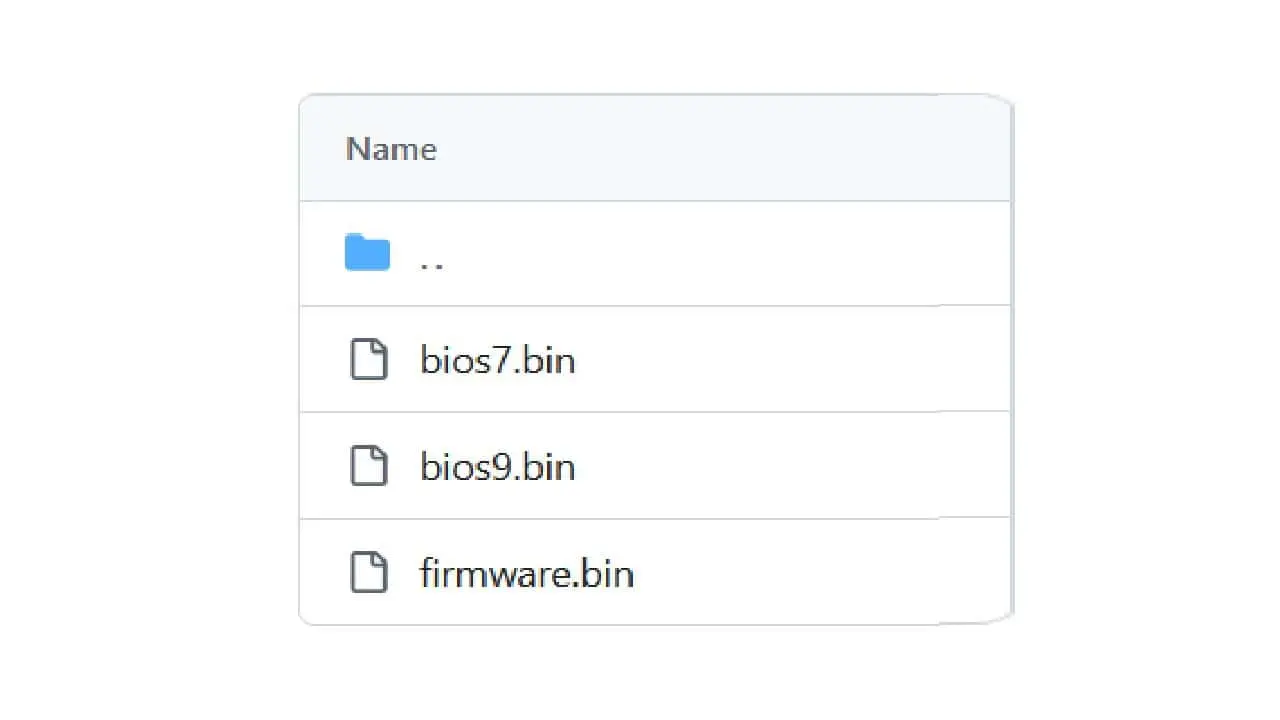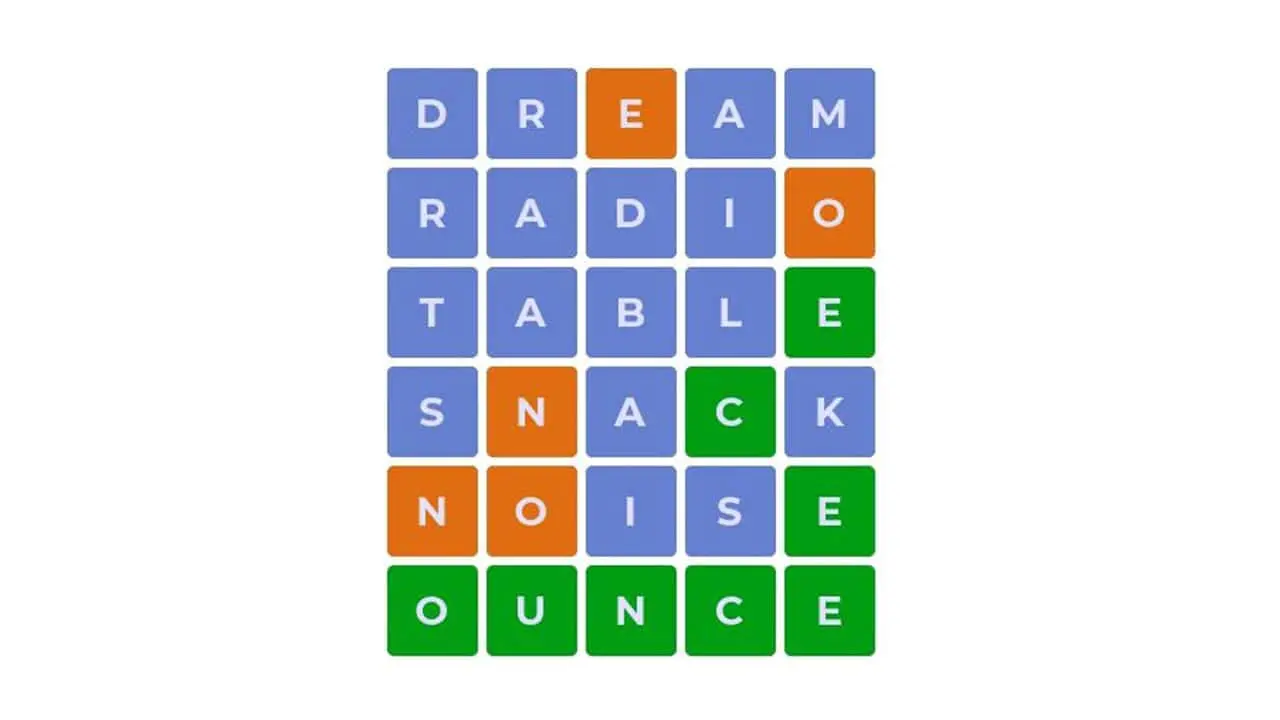
bios7.bin and ds bios Files: What You Need to Know for Smartphones and PCs
In the world of technology, certain files play a crucial role in ensuring that your devices function properly. Among these important files are bios7.bin and ds bios files. These terms may sound technical, but understanding them is key to keeping both your smartphone and computer running smoothly. Let’s explore what bios7.bin and ds bios files are, their functions, and how they impact your devices.
What Are bios7.bin and ds bios Files?
The term bios7.bin refers to a specific version of BIOS (Basic Input/Output System) firmware used in various computing devices. BIOS is fundamental software that initializes and tests the hardware components of your computer when it starts up. The “.bin” extension signifies that the file is in binary format, which is a way computers store and read data.
On the other hand, ds bios files pertain to BIOS files used in devices like the Nintendo DS. These files are crucial for emulating the DS games on various platforms, including PCs and smartphones. They are essentially the digital brain behind the device’s operation, managing how the hardware and software interact.
The Role of bios7.bin in Your Device
For computers, bios7.bin is a vital component of the BIOS system. Here’s how it contributes to your device performance and stability:
- Hardware Initialization: When you power up your computer, bios7.bin helps in the initialization of hardware components. This includes checking the processor, memory, and storage devices to ensure everything is functioning correctly.
- System Configuration: The BIOS file, like bios7.bin, configures system settings that affect how the hardware communicates with the operating system. This can include setting up boot priorities, managing CPU settings, and configuring RAM timings.
- Performance Optimization: Updates to the BIOS, such as those involving bios7.bin, can improve system performance. These updates may include tweaks to how hardware components interact, potentially making your computer run more efficiently.
- Bug Fixes and Security: BIOS updates often address bugs and security vulnerabilities. By updating to a new BIOS version like bios7.bin, you can benefit from fixes that enhance system stability and protect against potential threats.
- Compatibility: As new hardware is developed, BIOS updates are essential for maintaining compatibility. bios7.bin may include updates that support new types of hardware or improvements
in existing hardware functionalities, ensuring your system can effectively interact with new technologies.
The Importance of ds bios Files for Nintendo DS Emulation
When it comes to ds bios files, their significance lies primarily in the realm of emulation. These files are essential for running Nintendo DS games on platforms like PCs and smartphones. Here’s why ds bios files are so important:
- Game Emulation: To play Nintendo DS games on a different device, emulators are used. ds bios files are required by these emulators to replicate the hardware environment of the original Nintendo DS. This allows games to run smoothly and accurately on non-DS devices.
- Hardware Simulation: The ds bios files help in simulating the internal hardware of the Nintendo DS. This includes the dual-screen setup, touch input, and other hardware-specific features that make the games function as intended.
- Game Performance: Accurate ds bios files ensure that games run at their intended speed and performance levels. Without these files, games might run too fast or too slow, leading to an impaired gaming experience.
- Compatibility and Stability: Using the correct ds bios files ensures that games are compatible with the emulator and that the overall gaming experience is stable. This minimizes crashes and other issues that could arise from incorrect or missing BIOS files.
Installing bios7.bin on Your Device
If you’re considering updating your device’s BIOS with a file like bios7.bin, the process generally involves a few important steps. Here’s a simplified guide to help you through:
- Identify Your Current BIOS Version: Before updating, find out which BIOS version your computer is currently using. This can typically be done through the BIOS setup menu or system information tools in your operating system.
- Download bios7.bin: Go to your motherboard manufacturer’s website to find or search for a Trusted Source and download the bios7.bin file specific to your motherboard model. Ensure that you download the correct version to avoid compatibility issues.
- Prepare a USB Drive: Format a USB flash drive to ensure it’s clean and ready for use. Copy the bios7.bin file to the USB drive.
- Enter BIOS Setup: Restart your computer and enter the BIOS setup menu by pressing a specific key during boot, such as F2, Del, or Esc. The exact key may vary, so consult your motherboard’s manual if needed.
- Update the BIOS: Within the BIOS setup menu, look for an option to update or flash the BIOS. Follow the prompts to select and install the bios7.bin file from your USB drive.
- Reboot Your System: After the update is complete, your computer will usually reboot. Verify the update by checking the BIOS version again.
Troubleshooting BIOS Updates
Updating your BIOS with files like bios7.bin can sometimes present challenges. Here are some tips for troubleshooting common issues:
- Check File Integrity: Ensure that the bios7.bin file is not corrupted by verifying its checksum. Corrupt files can cause update failures or system instability.
- Consult Documentation: Refer to your motherboard’s manual or the manufacturer’s support website for detailed instructions and troubleshooting tips.
- Reset BIOS Settings: If your system becomes unstable after the update, you may need to reset the BIOS settings to their default values. This option is usually available in the BIOS setup menu.
- Seek Professional Help: If you’re unsure about the update process or encounter persistent issues, consider consulting a professional technician for assistance.
Using ds bios Files for Nintendo DS Emulation
For those interested in emulating Nintendo DS games on different devices, handling ds bios files correctly is crucial. Here’s how you can make the most of them:
- Obtain the Correct Files: Ensure that you have the appropriate ds bios files for your emulator. These files are often available from various sources online, but be cautious and use trusted websites to avoid malware.
- Configure the Emulator: Follow the emulator’s instructions for loading ds bios files. This usually involves placing the files in a specific directory or selecting them through the emulator’s settings menu.
- Test the Setup: After configuring the ds bios files, test your emulator with a few games to ensure everything is working correctly. Look for any issues with game performance or stability and make adjustments as needed.
- Keep Files Updated: Occasionally, emulator updates or improvements in ds bios files might be released. Keep an eye out for these updates to ensure the best possible gaming experience.
Future Developments and Updates
Both bios7.bin and ds bios files are part of an evolving landscape in technology. As new hardware and software advancements are made, BIOS updates and emulation files will continue to play a critical role.
For computers, manufacturers will likely continue releasing new BIOS versions to enhance performance, add features, and improve security. Staying updated with these changes helps ensure your PC remains compatible with the latest technologies.
For emulation, advancements in emulator software and updates to ds bios files will enhance compatibility and performance. Keeping your emulation setup current will ensure a smooth and enjoyable gaming experience.
In summary, bios7.bin and ds bios files are essential components in the world of technology, each serving critical functions for computers and gaming devices. Understanding their roles and how to manage them can help you maintain optimal performance and compatibility for your devices.
Whether you’re updating your computer’s BIOS or setting up a Nintendo DS emulator, having a clear grasp of how these files work will empower you to make informed decisions and troubleshoot issues effectively. By staying informed about the latest updates and best practices, you can ensure that your technology continues to meet your needs and expectations.




